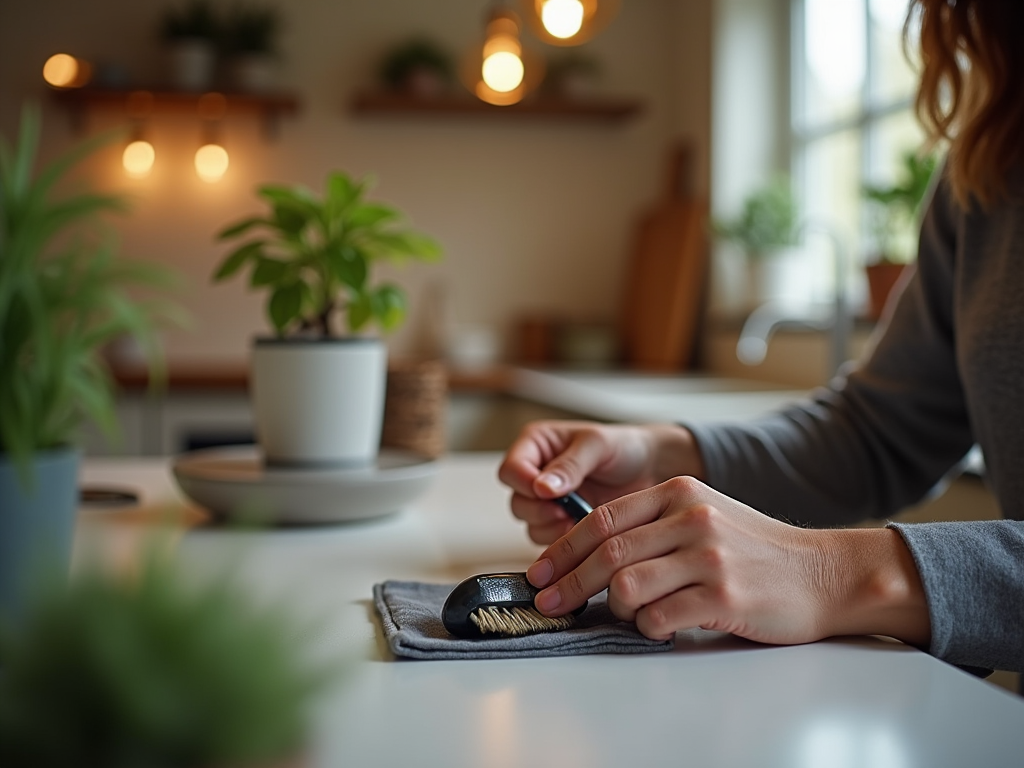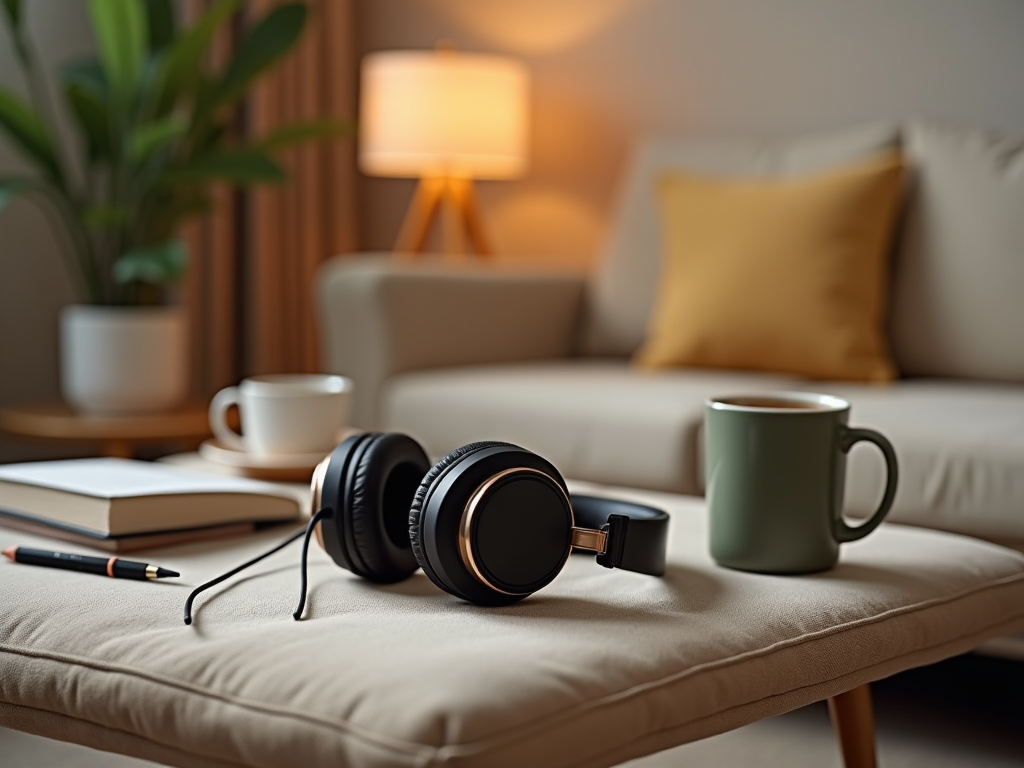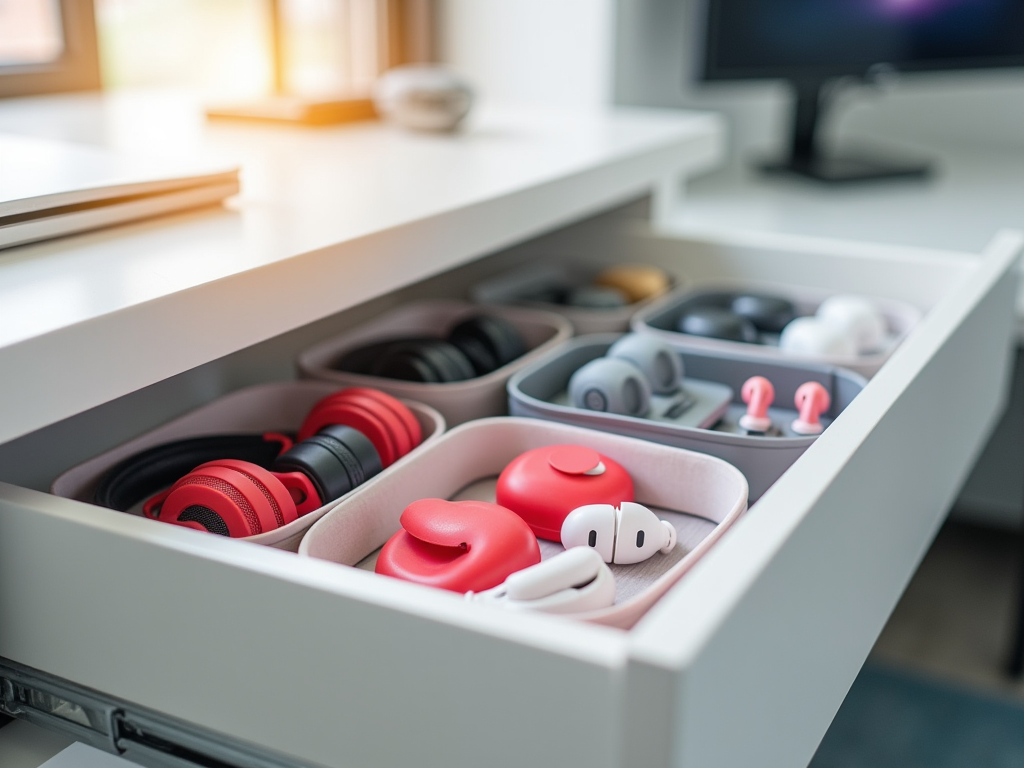Headphones and earphones have become indispensable in our daily routines, providing the soundtracks to our lives. These devices are not just luxury items; they serve the purpose of helping us isolate ourselves from noise, engage in calls, and elevate our listening experience. Yet, many users unknowingly sabotage their electronic companions with careless habits that can severely compromise their functionality and longevity. It’s essential to recognize these damaging practices to ensure that your treasured audio devices continue to perform at their best. By addressing these specific behaviors, you can protect your investment and enjoy high-quality sound for much longer. Understanding the typical pitfalls leads to better care and usage, ultimately enhancing your musical journeys.
Common Habits That Lead to Damage

Poor Storage Practices
One of the first culprits in the deterioration of headphones and earphones is improper storage. Often, users simply toss these devices into bags, which can lead to a variety of problems. For instance, tangled cables create pressure points that may cause internal wires to fracture over time. Additionally, a lack of protective cases can lead to warping of ear cups or critical components being crushed under heavy items. Over time, this neglect leads to irreversible damage. Therefore, implementing a dedicated storage solution can drastically improve the life of your devices.
Neglecting Cleanliness
Another common mistake is neglecting to keep headphones and earphones clean. Earwax and debris can build up, directly affecting sound quality and potentially causing permanent damage. Instead of avoiding routine maintenance, consider it a necessary practice to keep your devices performing optimally. Moisture is also a significant concern; perspiration can corrode components, especially in workout-friendly models. To mitigate these risks, set a cleaning schedule and stick to it. Proper care includes wiping down ear cups and using a soft, dry brush to remove debris from speakers.
| Harmful Practice | Potential Damage |
|---|---|
| Improper storage | Warped components |
| Excessive Volume | Driver distortion |
| Ignoring moisture | Corrosion of parts |
Overusing Features

Volume Control
Many users believe that higher volume means better audio experience; however, this mindset can lead to significant damage. Constantly playing music at high volumes strains the driver elements of headphones, causing distress and distortion. This is especially detrimental when combined with prolonged usage, as it reduces the overall performance of the device. While it might be tempting to blast your favorite song, consider the long-term consequences on both your hearing and your headphones. Striking a balance in volume will not only keep your audio clear but also prolong the life of your headphones. Remember, your ears deserve the same care as your devices.
Wireless Connectivity
In recent years, wireless headphones have become increasingly popular. While their freedom is appealing, this technology comes with a set of considerations. For instance, frequent charging and discharging can lead to faster battery degradation, diminishing the overall life of your device. Furthermore, consistently pushing the limits of your Bluetooth range can contribute to connection issues and potential internal damage. This frustration could lead many users to make careless connections, which ultimately shortens device longevity. Hence, ensuring stable connections and moderation in battery usage is vital.
Environmental Exposure
Temperature Extremes
Your headphones and earphones are sensitive to environmental factors, with temperature being a significant player in their degradation. Extreme heat can warp plastic components, while excessive cold can make materials brittle. This makes them more susceptible to breakage as they cannot withstand regular handling. Moreover, excessive humidity can introduce moisture to the internal parts, further compromising sound quality over time. To avoid such deterioration, consider where you store your headphones. Keeping them in temperature-controlled locations can make a world of difference.
Exposure to Sunlight
Direct sunlight might seem harmless, but it can wreak havoc on your headphones and earphones. UV rays can fade colors and degrade materials, resulting in structural weaknesses. For portable models, leaving them in a car or other sunny areas frequently can lead to permanent damage. Instead, store your headphones in shaded or indoor locations to maintain their appearance and performance. As trivial as it may sound, small actions can cumulatively lead to significant enhancements in durability. Take an extra moment to think about your storage solutions.
Conclusion
By recognizing and altering harmful habits, you can extend the life of your headphones and earphones significantly. Simple practices, such as proper storage, regular cleaning, and mindful usage of volume levels and environment, can drastically elevate your devices’ lifespan. Additionally, being aware of common pitfalls in electronic device management prepares you for better care and investment in quality audio experiences. Ultimately, the goal is to maintain not just functionality but the joy of music without interruption. Your headphones deserve attention, care, and respect just like any other valuable tool in your life.
Frequently Asked Questions
What are the best ways to store my headphones?
- Use a dedicated case or pouch to avoid tangles and protect against pressure.
- Hang them up on a hook to prevent crushing or deformation.
How often should I clean my earphones?
- Aim to clean them every two weeks, or more frequently if used during workouts or in dirty environments.
Is it okay to use my headphones at maximum volume occasionally?
- It’s best to avoid it as much as possible. Prolonged exposure to high volume can damage both the headphones and your hearing.
Can I fix damaged headphones?
- Depending on the type of damage, some issues can be repaired. Professional services are available, but minor repairs may be DIY-friendly.
How can I protect my wireless headphones from battery damage?
- Avoid overcharging and try to keep battery levels between 20% and 80% to ensure longevity.



